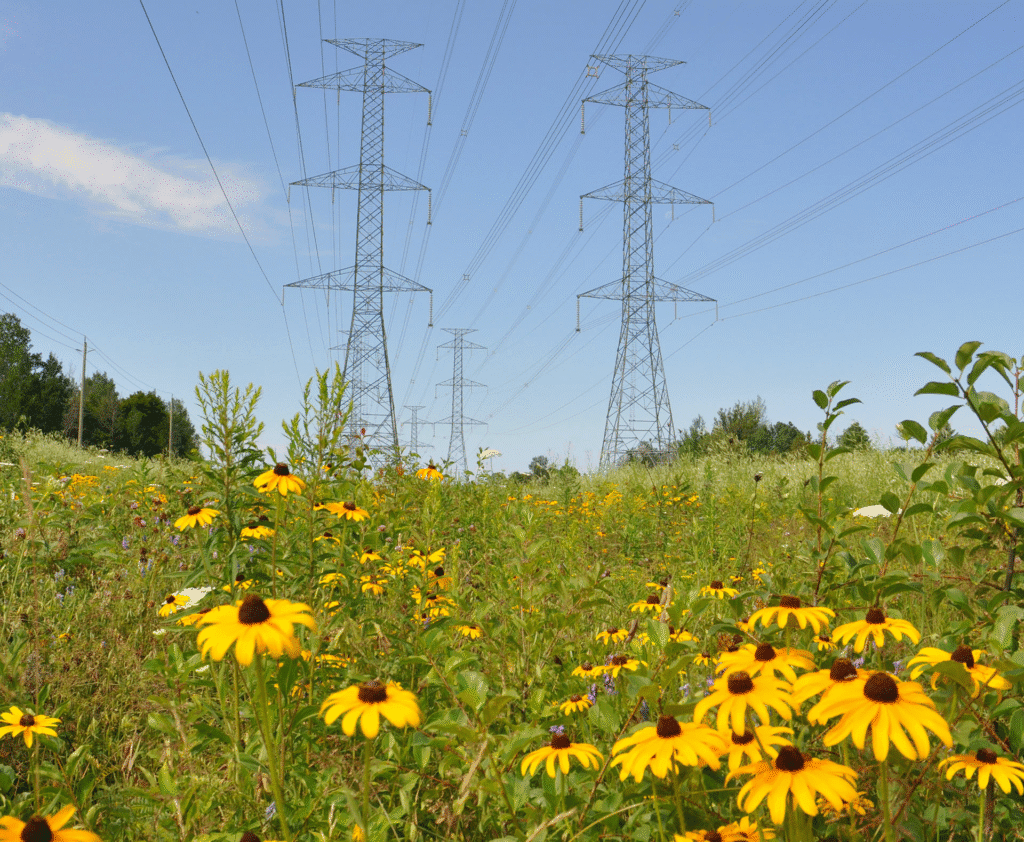As pollinator populations face increasing threats from habitat loss, pesticide use, and climate change, the concept of pollinator corridors has gained momentum among conservationists, farmers, and ecologists. For stingless bees, which are essential tropical pollinators, these corridors serve as lifelines—connecting fragmented habitats and enhancing their survival. In this article, we explore the science, benefits, design, and implementation of pollinator corridors specifically for stingless bees, and how you can create one.
What Are Pollinator Corridors?

Pollinator corridors are strips or patches of flowering plants, shrubs, or trees that connect isolated habitats. They allow pollinators—such as stingless bees—to travel between food sources, nesting sites, and breeding grounds safely and effectively.
For stingless bees, which typically forage within a few hundred meters from their hives, fragmented landscapes can severely limit their range. Pollinator corridors bridge these gaps, facilitating movement and promoting genetic diversity.
Why Stingless Bees Need Pollinator Corridors
1. Limited Foraging Range
Unlike honeybees that can travel kilometers, stingless bees (Meliponini) usually forage within 300–800 meters. Fragmented landscapes with monocultures and urban development often isolate stingless bee colonies.
2. Habitat Loss
Deforestation, agriculture, and urban expansion lead to a significant reduction in nesting and foraging habitats. Corridors offer a buffer and safe zones to forage and reproduce.
3. Biodiversity Decline
Corridors contribute to species diversity by supporting native flowering plants and other wildlife. Stingless bees play a vital role in pollinating wild and cultivated plants, and corridors help maintain this ecological service.
Benefits of Pollinator Corridors for Stingless Bees
- Enhanced Foraging Efficiency
Corridors reduce the distance stingless bees need to fly between food sources, conserving energy and improving colony health. - Increased Pollination Success
They enable continuous pollination services across larger agricultural landscapes or wild ecosystems. - Boosted Genetic Exchange
By allowing movement between colonies, corridors increase genetic diversity, essential for colony resilience. - Support for Native Flora and Fauna
They encourage the growth of native plants, which in turn support native bee species and other beneficial insects.
Ideal Plants for Stingless Bee Corridors
To be effective, corridors should contain year-round nectar and pollen sources. Consider the following categories of plants:
Flowering Trees
- Calliandra (Powderpuff)
- Grevillea robusta
- Eucalyptus species
- Mango (Mangifera indica)
- Guava (Psidium guajava)
Native Shrubs
- Lantana camara (in moderation)
- Hibiscus species
- Cassia species
- Vernonia spp.
Herbaceous Plants and Ground Covers
- Basil (Ocimum)
- Mexican sunflower (Tithonia)
- Marigold (Tagetes)
- Bidens pilosa
Choose native species adapted to local conditions to avoid disrupting existing ecosystems.
Designing an Effective Pollinator Corridor
1. Width and Length
The width should be at least 5–10 meters wide to accommodate a range of foragers. The length depends on your landscape, but longer corridors offer greater connectivity.
2. Spacing and Connectivity
Corridors should be spaced no more than 300–500 meters apart to ensure stingless bees can easily reach the next resource hub.
3. Layered Vegetation
Use a mix of low-growing flowers, shrubs, and flowering trees. This structure mimics natural environments and caters to different bee species.
4. Water Availability
Integrate safe water sources such as shallow dishes with floating twigs or pebbles.
5. Nesting Opportunities
Incorporate dead wood, hollow logs, or bee hotels in shaded areas to encourage nesting.
Implementing Pollinator Corridors: Step-by-Step Guide
- Map Your Landscape
Identify isolated green spaces, farms, or forest fragments. - Choose Suitable Plants
Select native flowering species that bloom across seasons. - Engage Stakeholders
Work with local farmers, schools, or urban planners. - Monitor and Maintain
Regular weeding, replanting, and observation are vital. Record bee activity and flowering cycles. - Educate and Scale
Use signage and workshops to promote awareness. Encourage replication on farms and public spaces.
Pollinator Corridors in Agroecology

In agricultural systems, stingless bee corridors can:
- Increase crop yields (e.g., passionfruit, coffee, tomatoes).
- Reduce dependence on managed honeybee populations.
- Improve the resilience of farming systems to climate change.
For example, planting hedgerows of flowering shrubs between crop fields can serve as mini-corridors, promoting sustainable pollination.
For more on improving pollination through smart farming systems, see our article on GIS in Tracking Bee Hotspots.
Challenges and Solutions
| Challenge | Solution |
|---|---|
| Land competition | Integrate corridors along boundaries, water channels, or fallow land |
| Pest plants | Use native or non-invasive species |
| Maintenance cost | Engage community groups or eco-volunteers for support |
Conclusion
Pollinator corridors for stingless bees are more than a conservation tool—they’re a lifeline for pollination-dependent ecosystems. Whether you’re a farmer, urban planner, or nature enthusiast, you can play a vital role in preserving these miniature pollinators by planting the right flora and creating connected greenways.
By investing in pollinator corridors, we support sustainable agriculture, biodiversity conservation, and ecosystem restoration—one flower at a time.
FAQs
Q: How wide should a pollinator corridor be for stingless bees?
A: Ideally, 5–10 meters wide to ensure resource abundance and safety for foraging bees.
Q: Can I plant a pollinator corridor in an urban setting?
A: Yes! Even balconies, rooftops, and roadside gardens can serve as micro-corridors.
Q: Do pollinator corridors help other insects?
A: Absolutely. Butterflies, beetles, native bees, and even birds benefit from these habitats.
